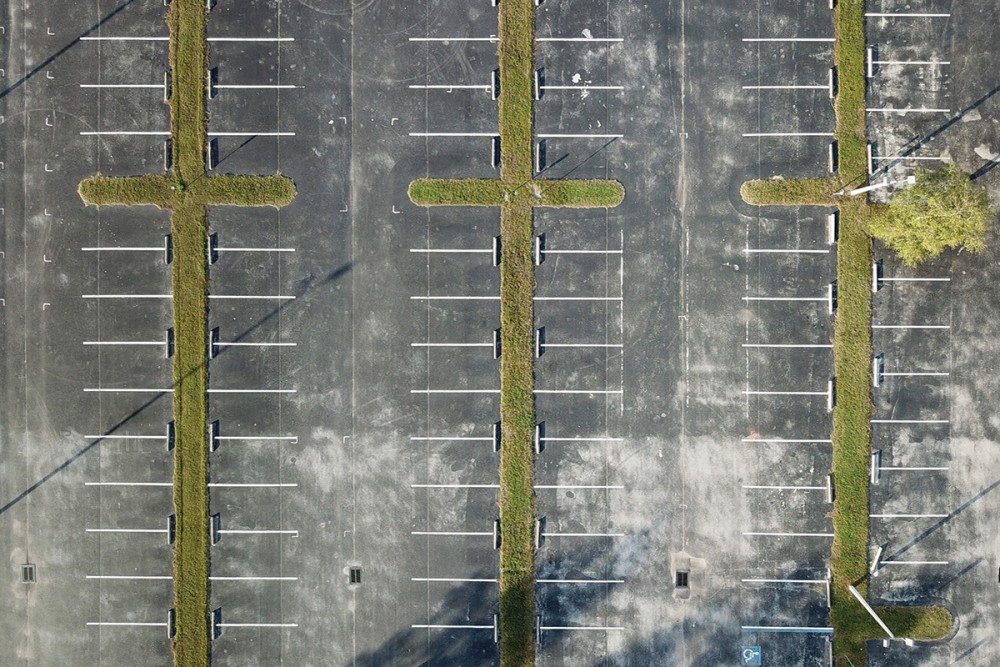It’s time to reimagine the church parking lot
What if it functioned more like a bridge than a wall?

In 1988, Walt Pulliam concluded his 13-year pastorate at Judson Memorial Baptist Church in Minneapolis and retired. In his last sermon, he told the congregation that the essence of their future hung on one word: parking. If only Judson could acquire space for parking, then folks could drive in from miles around and the church’s future would be secured.
Pulliam had every reason to believe in the promise of parking. During his tenure at Judson, he watched two nearby congregations, Bethlehem Lutheran (two blocks west) and Mount Olivet Lutheran (a mile southwest) grow by leaps and bounds. Judson, Bethlehem, and Mount Olivet all had a lot in common. They were city neighborhood churches with talented pastors, beautiful buildings, gifted musicians, engaged leadership, and visions for ministry.
But parking was one thing the Lutheran congregations had that Judson did not. Judson’s footprint remained the same, and its membership contracted. But Mount Olivet and Bethlehem’s membership grew when their footprints did—especially when they bought the lots around them and turned them into parking spaces (89 for Bethlehem, 332 for Mount Olivet—yes, I counted).




